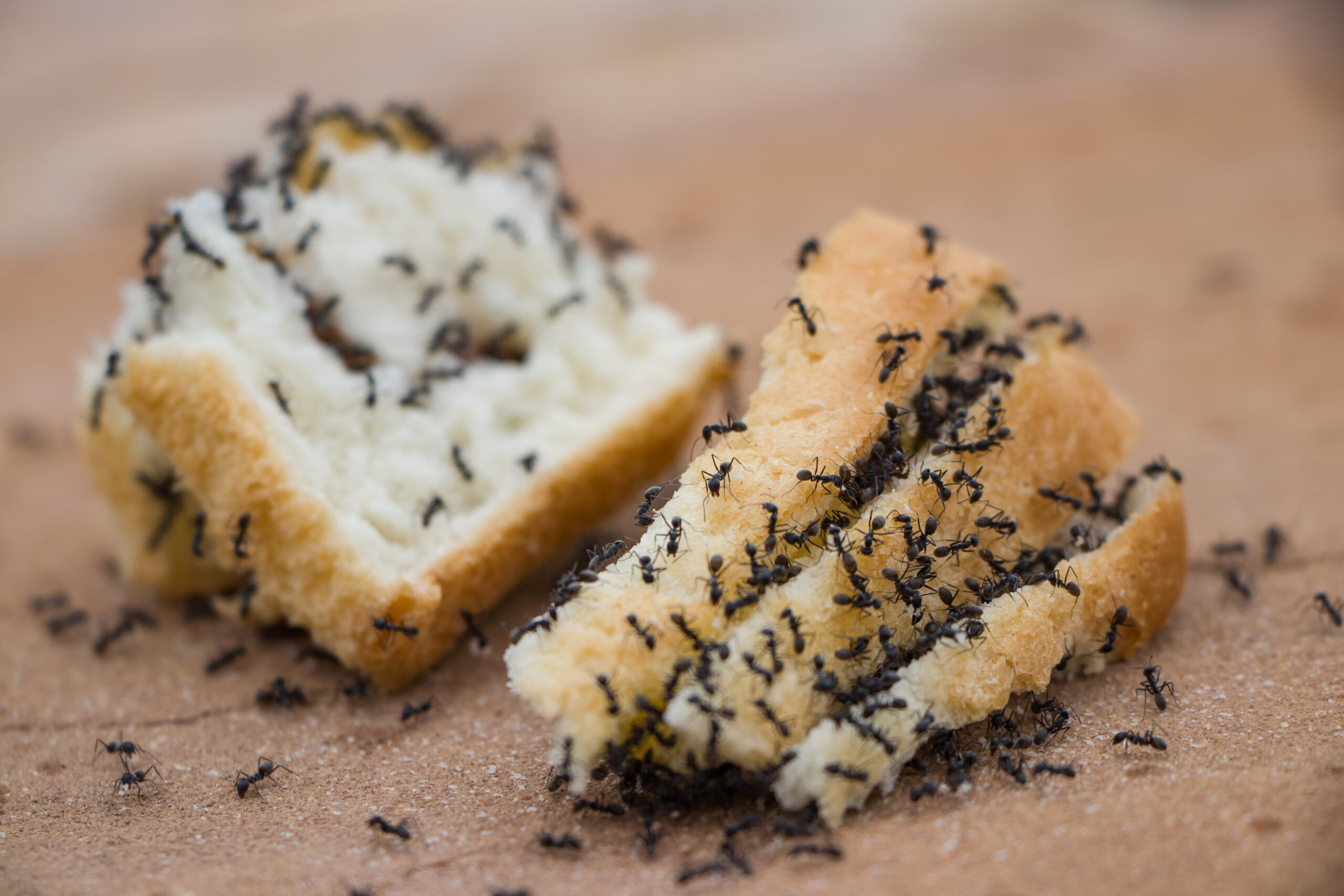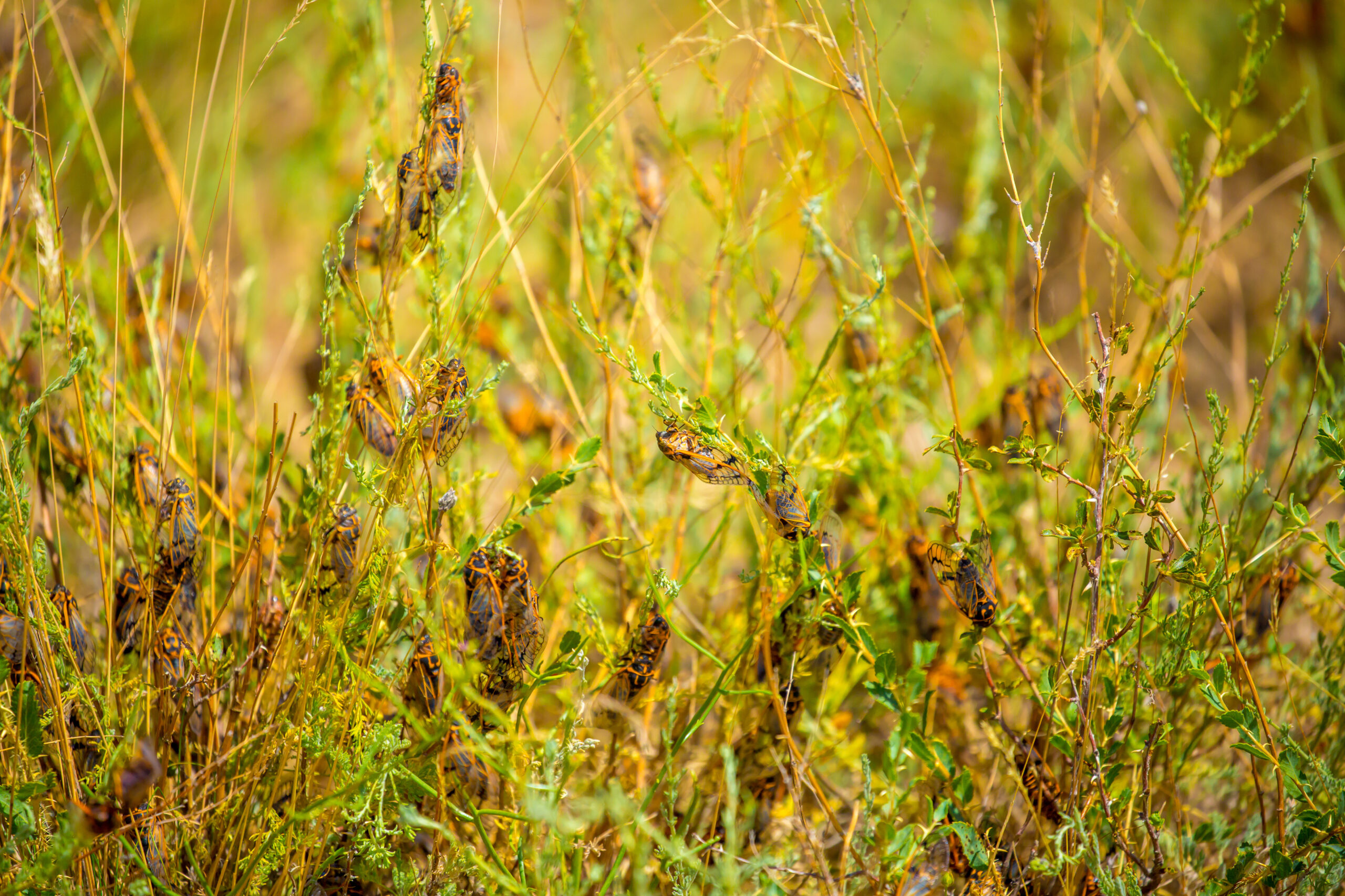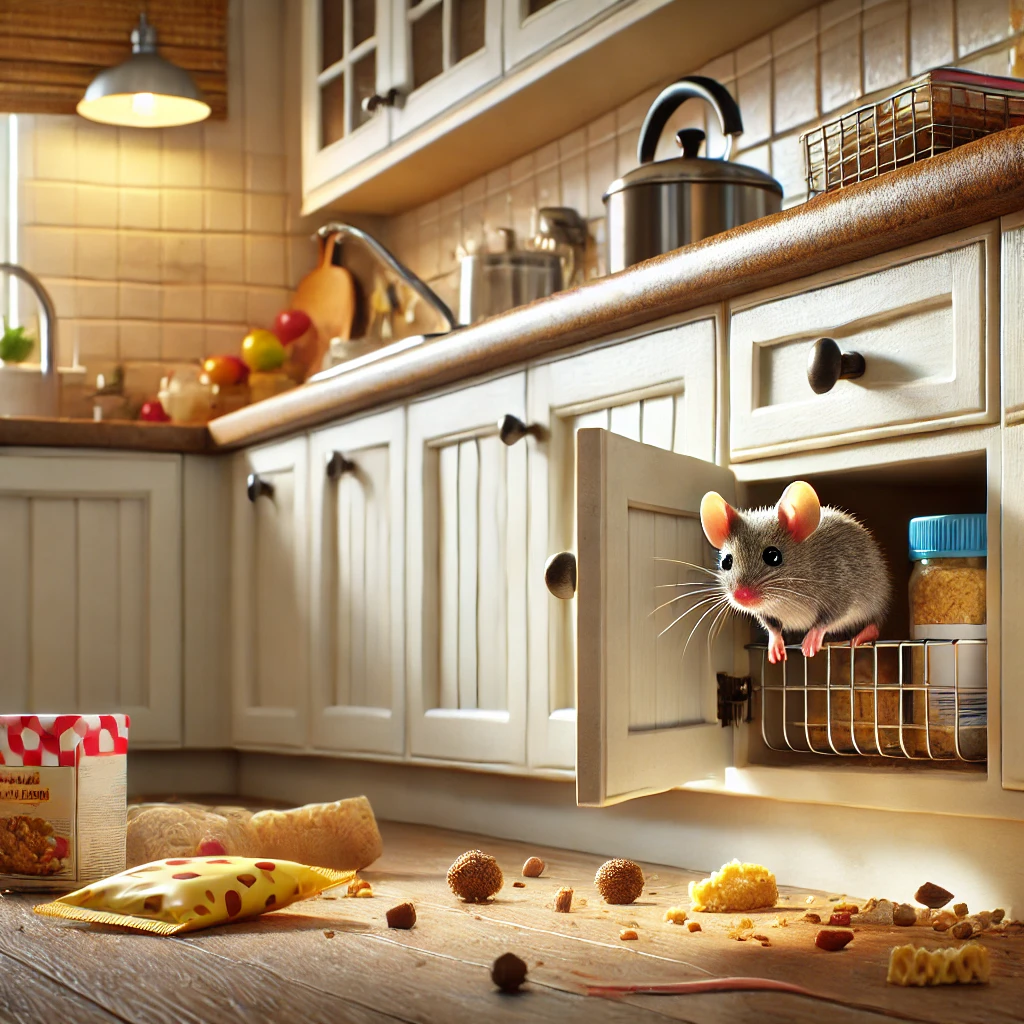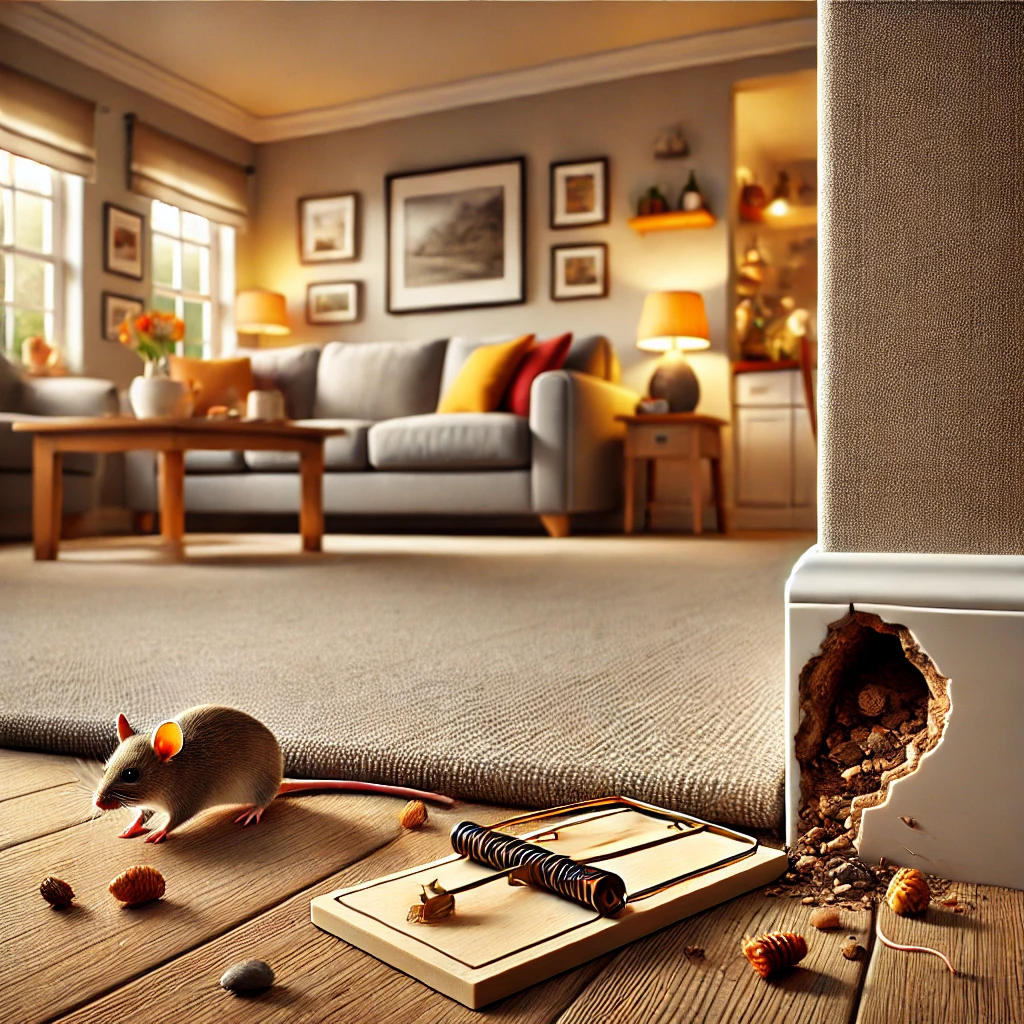When it comes to keeping your home safe from pests, it’s not enough to react when the problem arises—proactive, ongoing care is essential. Whether you’re dealing with ants, rodents, or spiders, pests can make their way into your home during any season.
Iowa’s changing weather provides the perfect conditions for a variety of pests to enter and wreak havoc, and protecting your home requires a year-round solution. Green Guard Pro is the ultimate game plan. This comprehensive pest control plan provided by Janssen Pest Solutions is designed to provide peace of mind and continuous protection.
We specialize in pest control and removal in Des Moines, so we’re experts on local pests. Learn how Green Guard Pro is the ideal way to safeguard your home against over 30 pests throughout the year!
Key Takeaways
- Green Guard Pro: Provides year-round pest control with exterior services five times annually, rodent control, web removal, and a pest-free guarantee for over 30 pests, starting at $52/month*.
- Green Guard HD: Upgrades include termite protection with the Sentricon Colony Elimination System, combining pest and termite control starting at $72/month*.
- Green Guard Platinum: Offers the most comprehensive protection, including additional mosquito control and extra exterior services, starting at $89/month*.
- Year-round solutions: Regular service schedules ensure proactive pest prevention, protecting your home through every season.
- Customizable plans: Options are available to match different needs and budgets, ensuring your home remains pest-free without hassle.
*These prices do not include the initial installation charge
What is Green Guard Pro?
At its lowest level, Green Guard Pro offers five exterior treatments per year, strategically spaced out to ensure your residential property remains protected against invaders, no matter the season. This plan includes everything from routine exterior services to web removal and even rodent control, all aimed at preventing common pests from making their way into your home.
Key features of Green Guard Pro:
- 5 exterior treatments per year—covering all four seasons, ensuring that pests can’t find their way in.
- 1 interior winter service—to deal with potential indoor pests during the colder months.
- Rodent control services—to address rodents that can cause damage and spread disease.
- Web removal services—keeping your home free from spider webs and the pests they attract.
- Pest-Free Guarantee—covering over 30 pests, including ants, spiders, cockroaches, and more.
Green Guard Pro offers all the comprehensive services you need to keep your home pest-free, allowing you to focus on the things that matter, like your family and your peace of mind.
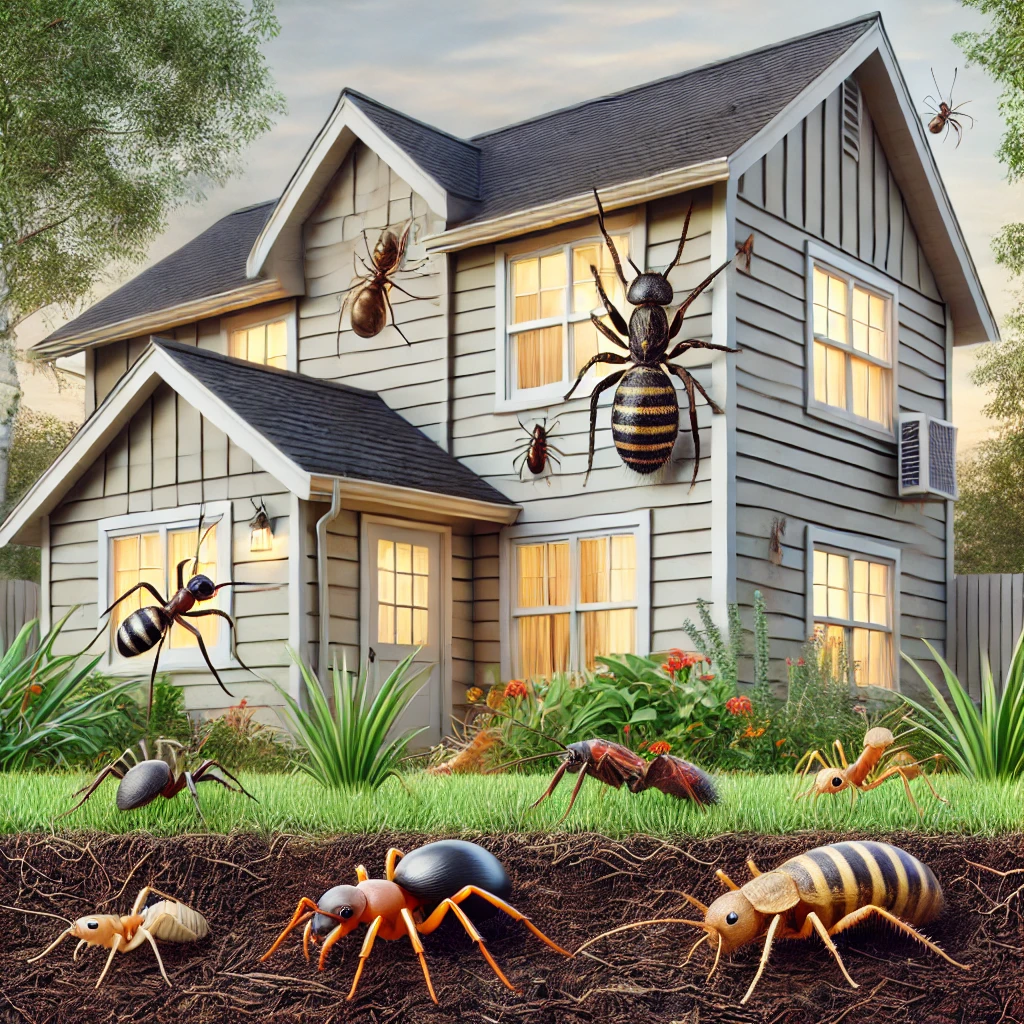
Why Choose Green Guard Pro for Pest Control in Des Moines?
1. Regular Exterior Treatments: Prevention is Key
Pests are opportunists, and they only need one opening to get inside your home. With five exterior services per year, Green Guard Pro ensures that any potential entry points are sealed off before pests can infiltrate. This regular treatment creates an effective barrier around your home, stopping pests like ants, spiders, and other common intruders from making their way inside.
2. Interior Winter Service: Protection Through the Cold Months
When the weather turns cold, pests like rodents and insects search for warmth inside your home. The winter interior service included in Green Guard Pro ensures that potential overwintering pests are addressed before they become a problem. Whether it’s a mouse scurrying across the floor or a cluster of cockroaches seeking shelter, this service ensures they stay out.
3. Rodent Control Service: Prevent Damage and Health Risks
Rodents aren’t just a nuisance—they can cause significant damage to your home. From chewing on electrical wires to contaminating food supplies, they pose a serious health and safety risk. Green Guard Pro includes rodent control as part of its service to not only eliminate any existing problems but also to proactively prevent them from happening.
4. Web Removal Services: Cleanliness and Safety Combined
Spiders are more than just unsettling; their webs can attract other pests and contribute to an unkempt appearance. Green Guard Pro includes web removal with every service visit, which helps keep your home looking pristine and free of cobwebs. Plus, removing webs minimizes the risk of attracting other pests that might make a home in the webs.
5. Pest-Free Guarantee: Ongoing Protection Against 30+ Pests
Perhaps the most important feature of Green Guard Pro is our Pest-Free Guarantee. This covers prevention and protection for over 30 different pests—everything from ants and spiders to cockroaches and centipedes. If pests do appear between regular treatments, Janssen Pest Solutions will return to address the issue at no additional cost. Our friendly technicians are always here for you.
Green Guard HD: An Upgrade for Even More Protection
If you’re looking for even more comprehensive protection, Green Guard HD offers additional benefits, particularly when it comes to termite control. In addition to all the features of Green Guard Pro, Green Guard HD includes termite protection using the Sentricon Colony Elimination System, a well-trusted method of termite control.
Termites are silent destroyers—they cause damage slowly and invisibly, which makes them especially dangerous. With Green Guard HD, you get the added peace of mind that your home is protected from this destructive pest.
Green Guard Platinum: Ultimate Pest Protection
For those who want the ultimate in pest control, Green Guard Platinum is the top-tier service that offers enhanced coverage. This plan includes all the services provided in Green Guard Pro and Green Guard HD, along with additional perks that ensure your home is fully protected year-round.
Key features of Green Guard Platinum:
- 6-7 exterior services per year—additional treatments during peak seasons.
- Summer-long mosquito control—an essential service during Iowa’s warm months, keeping your family safe from mosquitoes and the diseases they can carry.
- Termite control services—continued protection from termites, which can cause expensive damage if left unchecked.
- Pest-Free Guarantee—you’re protected from over 30 pests, offering the ultimate protection for your home.
Green Guard Platinum is the most comprehensive plan, offering not only year-round protection but also specific services for seasonal pests like mosquitoes, making it ideal for homeowners who want complete peace of mind.
Affordable Plans for Every Homeowner
Green Guard Pro starts at just $52 per month*, making it an affordable option for most homeowners. For those who want even more protection, Green Guard HD and Green Guard Platinum are available starting at $72 per month* and $89 per month*, respectively.
These plans are designed to fit different needs and budgets, ensuring that every homeowner seeking pest control in Des Moines can find the right level of protection for their home.
*Does not include initial installation charge
Conclusion: Protect Your Home Year-Round
Pests don’t take a break, and neither should your pest control efforts. Whether you choose the comprehensive coverage of Green Guard Pro, the added termite protection of Green Guard HD, or the ultimate in pest prevention with Green Guard Platinum, Janssen Pest Solutions offers the year-round protection you need to keep your home safe from over 30 different pests.
Don’t wait for pests to find their way in. Contact us today to schedule a free consultation and protect your home with a Green Guard plan that fits your needs.
FAQs
Q: How often will my home receive services with the Green Guard Pro plan?
A: Green Guard Pro includes five exterior services per year, plus one interior winter service for comprehensive coverage against pests.
Q: What pests are covered under the pest-free guarantee?
A: Green Guard Pro covers over 30 common pests, including ants, spiders, mice, and more, ensuring your home remains pest-free.
Q: What’s the difference between Green Guard Pro and Green Guard HD?
A: Green Guard HD includes all the benefits of Green Guard Pro, plus termite protection through the Sentricon Colony Elimination System for added peace of mind.
Q: Can I upgrade my plan if I need additional protection?
A: Absolutely! You can upgrade to Green Guard HD or Green Guard Platinum for enhanced coverage, including termite and mosquito control services.
Q: How do I know which plan is right for my home?
A: The plan you choose depends on your specific needs. For example:
- Green Guard Pro is ideal for general pest control.
- Green Guard HD is perfect for homes needing termite protection.
- Green Guard Platinum is best for comprehensive pest, termite, and mosquito control.


